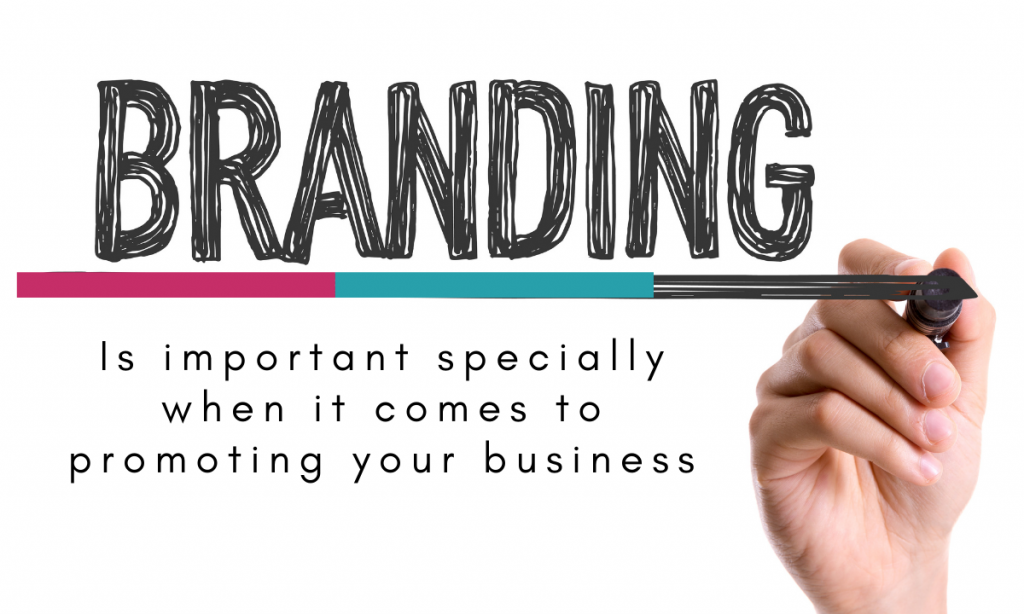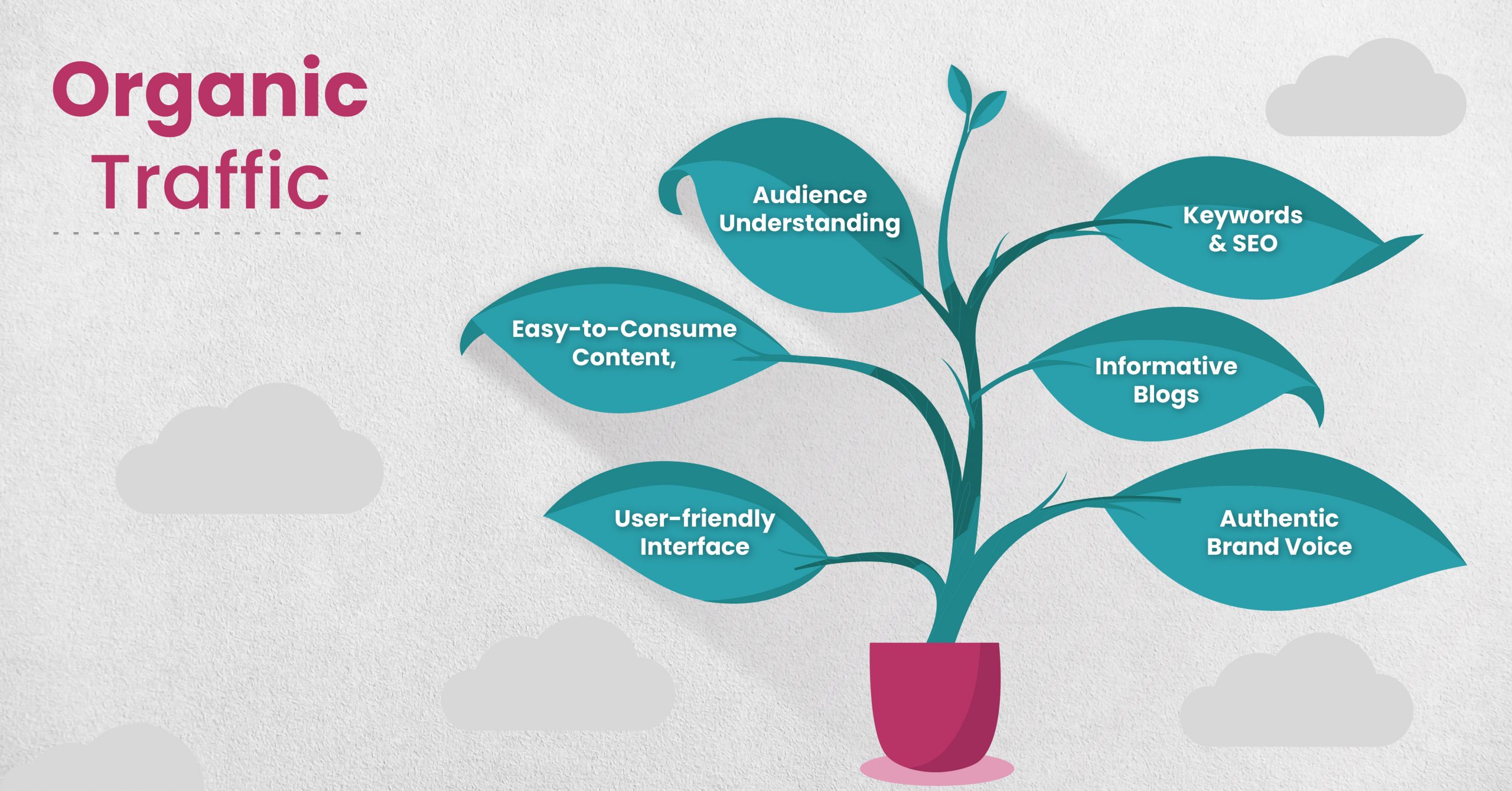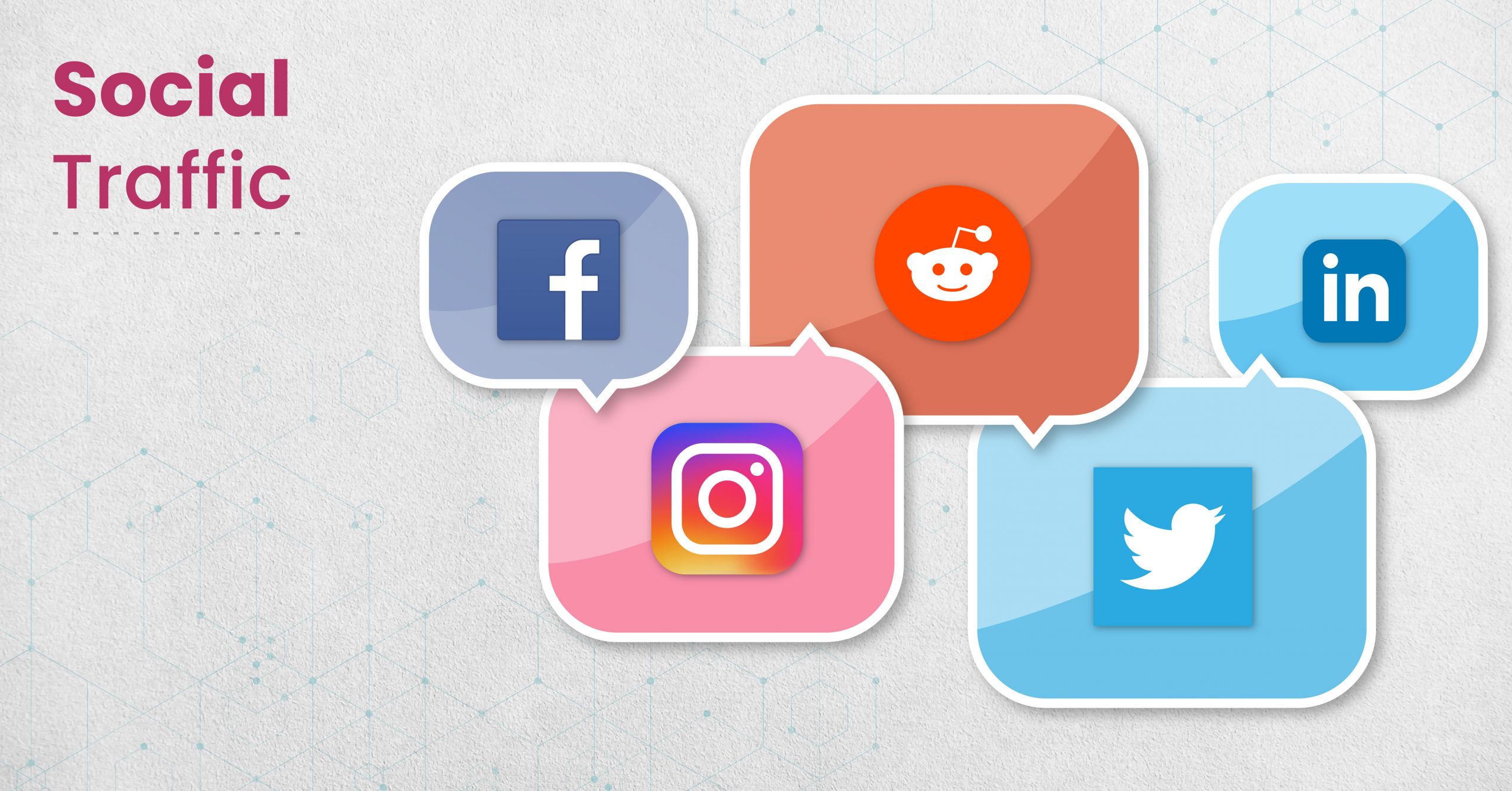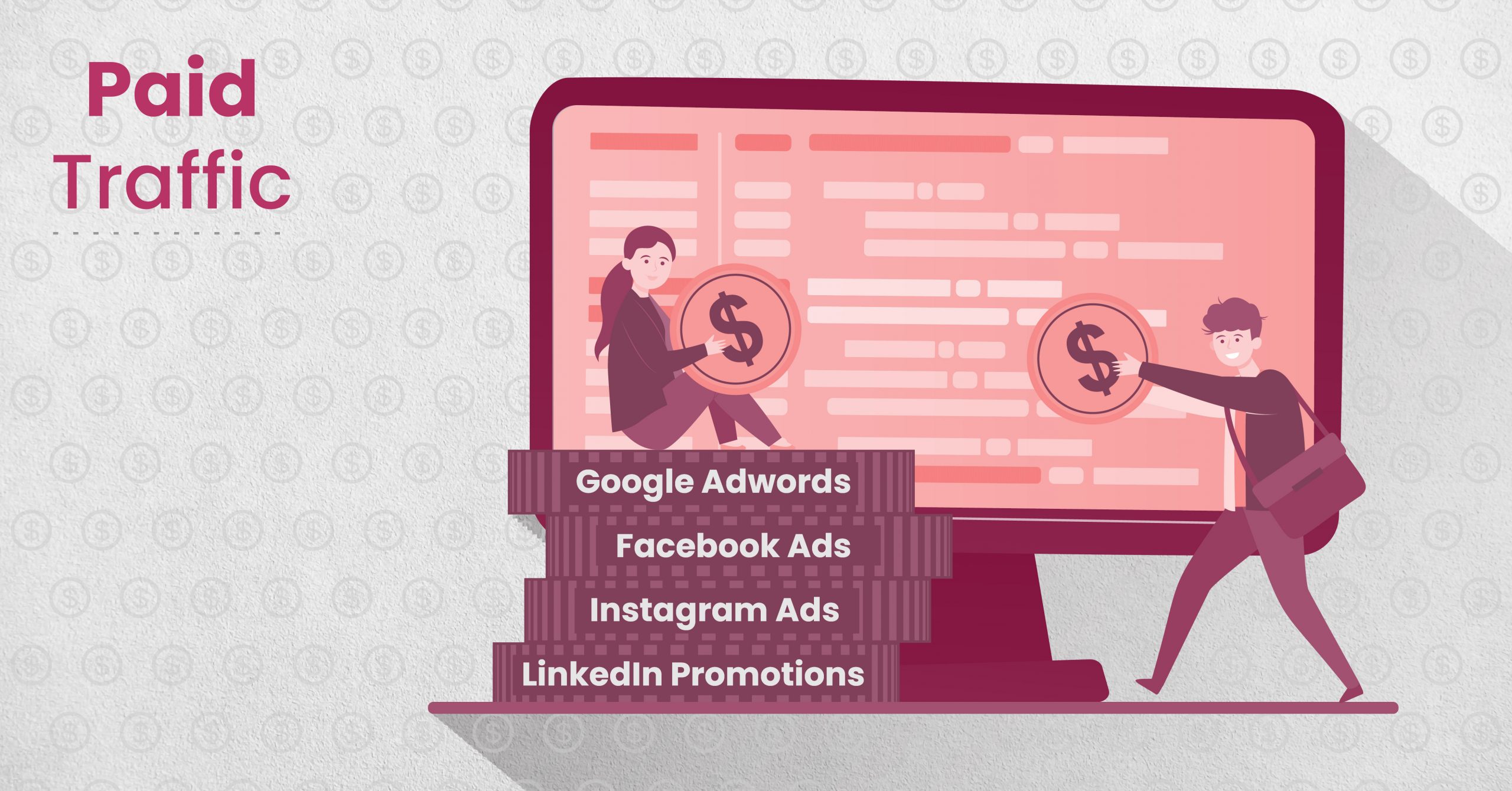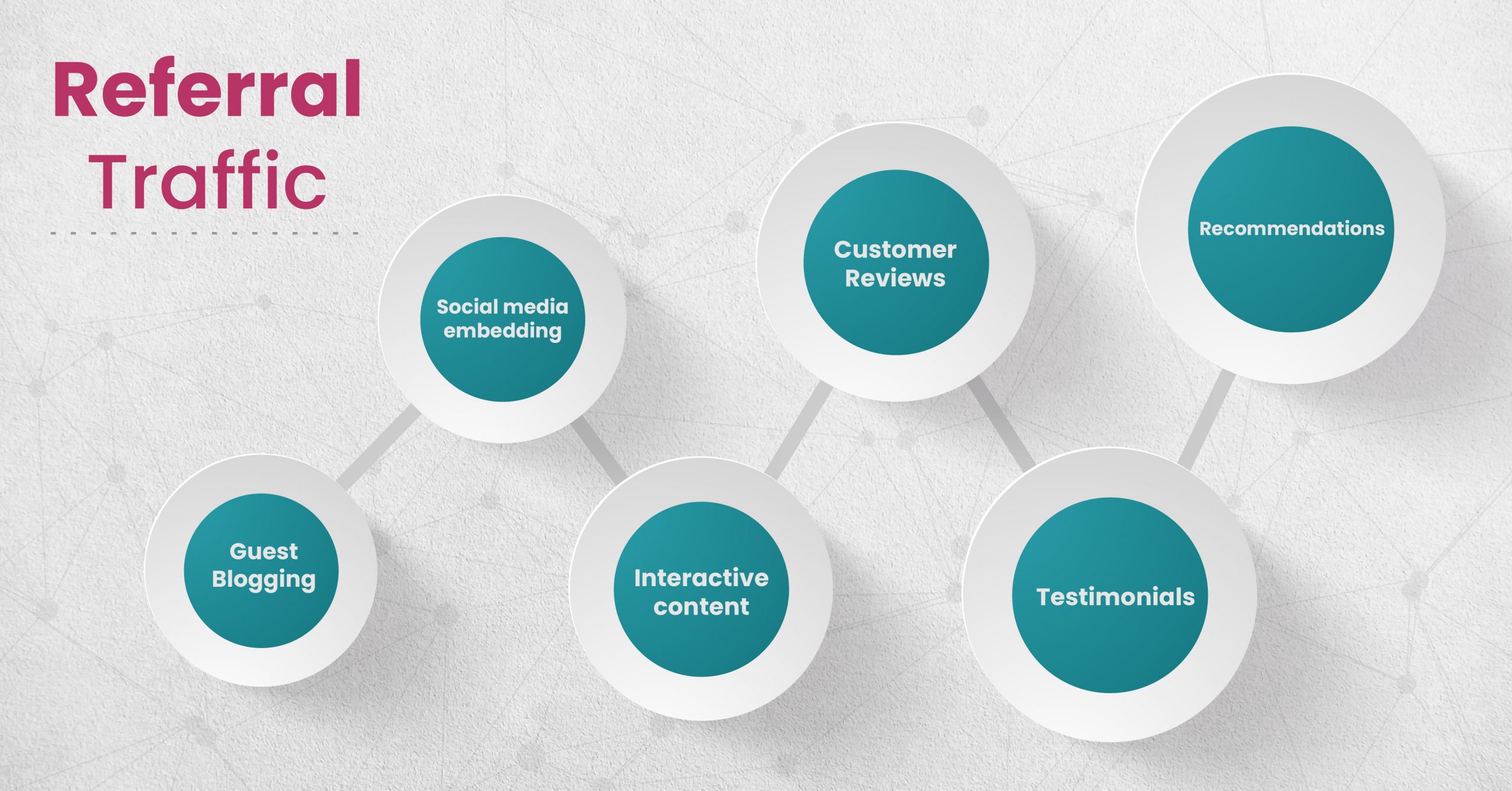
I want to talk about something that’s a little taboo in the business world, a mistake that many new business owners make. And a mistake I made when I first opened my consulting agency.
The mistake is building your business and expecting that, someday in the future, you are going to be profitable. Sounds harmless, right? Wrong. Instead, you should be focusing on being profitable from day one!
Many entrepreneurs start a business so that they can have freedom. So they can set their own schedules. So they can spend more time with their families. So they can finally be rewarded for their hard work in the way that they should be rewarded.
Before you know it, you are “investing” 12 to 18 hours per day in your business so that one day you can finally make money from your business. If you calculate out how much you are actually making, you realize that you make less than minimum wage. You could make more working at a fast food place!
In 2006, when we first started our marketing consulting agency, we had an offer called “Services for Stompers”. Our target audience included fellow members of the membership group “Stompernet.” The idea was that I would find people who could execute the tactics and strategies that were being taught in the membership program and create a system around it. I created operating procedures and videos so that basically anyone that we hired could come in and start doing the strategies immediately. I then made those people available to the members of the Stompernet community to help them to grow their businesses, as well.
Back then I thought, “Well, if I’m paying these people
$5 an hour and I charge $10 an hour, that’s huge! I’d be making 100% profit.” But what I didn’t count on was the long list of operating expenses that comes with growing and scaling a business.
As our consultancy agency grew, I learned about how you should have different departments in your organization, even if you are just a one person show! That way, you can allocate a percentage of your revenue to each of the departments and then designate each of your expenses to one of those departments.
There are six main departments:
1. Administration. Administration includes anything for the CEO, such as ongoing training, professional dues and fees. If you are a small business with less than five employees, you could put your salary in this category as well.
2. Marketing. Marketing includes anything that is done to acquire a lead or prospect, including things like paid ads and building an email list.
3. Sales. Sales includes anything that is done to close a sale.
4. HR & Finance. HR & Finance includes any bank fees, bookkeeping, CPA or anything that is human resource related.
5. Operations. Operations includes anything that is related to the cost of keeping the doors open, including internet and phone services.
6. COGS. COGS stands for the “Cost of Goods Sold”. If you have a team, then this would include all of the salaries of W-2 or 1099 team members.
An example of how you might allocate your revenue could be:
Administration 20%
Marketing 10%
Sales 20%
HR & Finance 5% Operations 20%
COGS 25%
When I first started my consulting agency, I had no idea about any of this. I was oversimplifying things. All I thought was that if you pay somebody $5, sell for $10, then you make 100% profit — and that’s huge. But you know as well as I do that there’s a lot more that goes into a business than that!
Some of what goes into a business is very nuanced. For example, how do you handle quality control in your business?
If you assign your employee a client project and pay them $5.00 an hour to complete it, and then pass it back to your client without checking their work first, there’s a very high possibility that there will be some important details that were missed. Spelling mistakes, broken links, broken funnels, etc. — all of this makes for unhappy clients. There’s a lot of middle management operating costs that are often overlooked and unaccounted for when you first price out your product or service.
I hope now you understand what I meant when I first said that a big mistake business owners make is expecting their business to be profitable over time – but not from day one. If you focus on profit from the very beginning, you can be one of those businesses that starts generating revenue well ahead of the competition. It’s actually a lot easier than you think to start generating six figures of revenue.
But now, as a business owner, you find yourself working twelve hour days, working 60 or 70 hours a week. You can’t go see a movie, much less take a vacation. You can’t escape from your business because everything is dependent on you. You have clients that need help, team members you need to train and work to review. You’re the link between your clients and your team and that takes up a lot of time and energy. And at the end of the year, your company may have generated six figures, but because of all of the expenses we outlined above, you’re not seeing a lot of that money.
You might be lucky if you’re able to take home a
$20,000 salary. (That number is pretty standard for service based businesses — the profit margins are about 20%.)
So let’s lay it all out on the table. You’ve just earned
$20,000 working 60 – 70 hours a week, every week, for an entire year. You thought all of those hours would be worth it…was it?
You say to yourself, “It’s going to work. It’s going to scale. I’m going to get better clients. My team’s going to get better.”
But your team is probably made up of contractors, and as you train them and their skill level increases, they’ll start taking on other clients and get busier. They might increase their rates. They might not be available to work the amount of hours you need them to. The bottom line is: their goal isn’t to help you grow your company.
Or maybe you’re doing the actual client work, but because you’re trying to balance it all, sometimes your work isn’t the best you could be producing, especially if you had more time and energy to put into it. So your clients are frustrated and they don’t want to keep paying you for subpar work. There’s been too many bumps in the road and they don’t want to keep working with you.
It’s a never ending cycle of losing team members and clients, and hustling to get new clients and train new team members.

We need to stop this cycle TODAY. We do not want to have a creative business where we’re working ourselves to the bone only to take home a couple thousand dollars in revenue. It doesn’t make sense because, statistically, your year two in business isn’t going to be any different. Neither is year three.
It’s time to figure out how to make your business profitable right now, immediately, or at the very least within the next 90 days. I personally don’t even start new projects unless I know they can be profitable from day one.
So, figure out what you need to do to make your business profitable within these next 90 days. You might need to take a step back to look at how you would structure your company if you had departments.
If you had to pay someone to do the job that you’re doing, what would that look like? Your job as the business owner is to work yourself out of a job. What I mean by that is that your business should be generating enough revenue so that if it was necessary, you would be able to hire someone to replace yourself in your own business.
In other words, your business should be able to pay you the same amount of money that it would cost to pay someone else to do the job that you are doing in your business today. Now that’s probably not the amount of money that you’d ideally like to be making as the business owner, but, at a minimum, figure out the amount of money that you would need to pay someone else to do your job.
So, for example, if your business is not able to generate $60,000 of profit, which is about $5,000 a month, the average salary that a business owner takes home, then something is wrong with the structure of your business.
Don’t let your business take over your life, especially if you’re not generating a living salary back from your efforts.
Don’t base your decisions in the belief that, one day, maybe in the future, your business will be profitable. Structure your business correctly today so that it is profitable from Day One.






